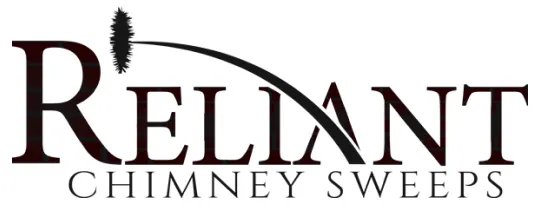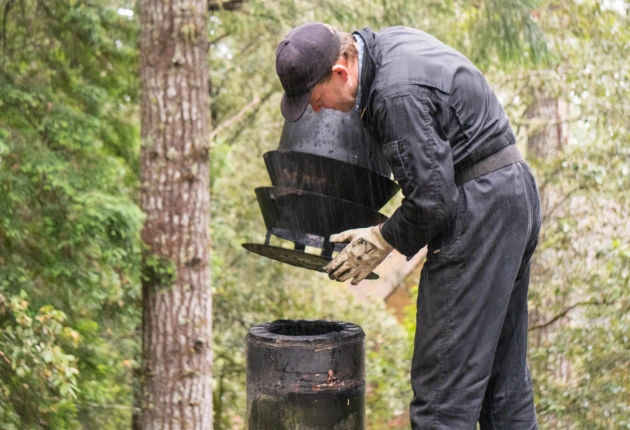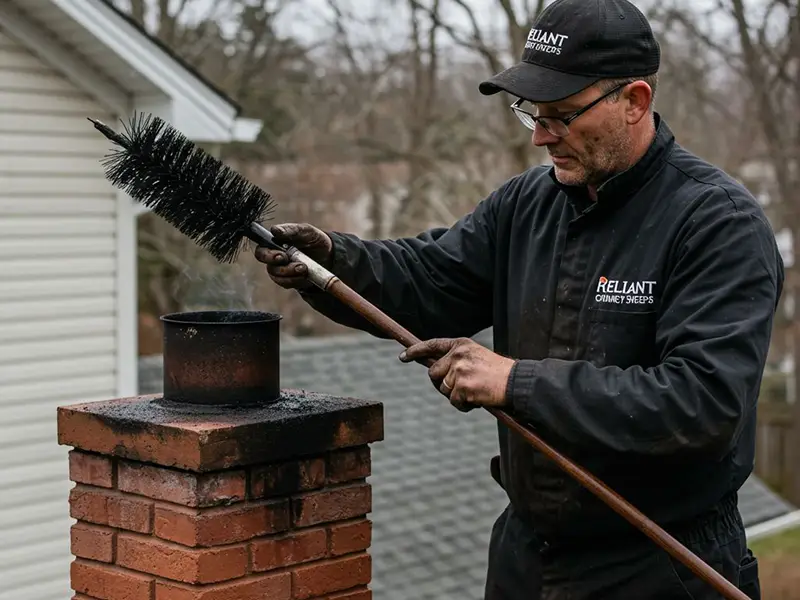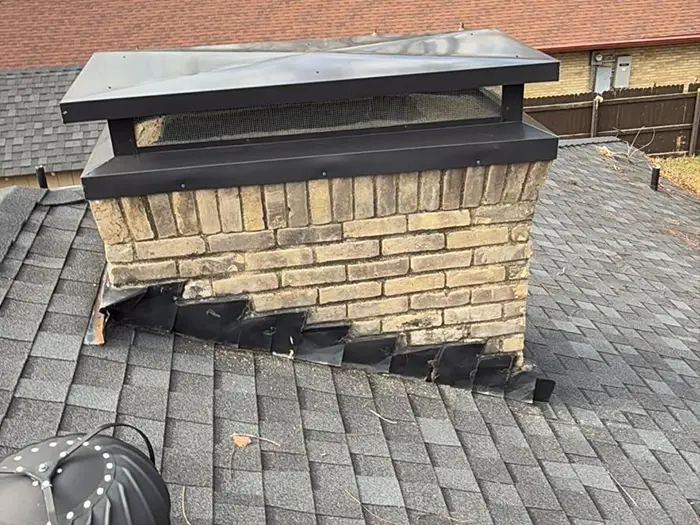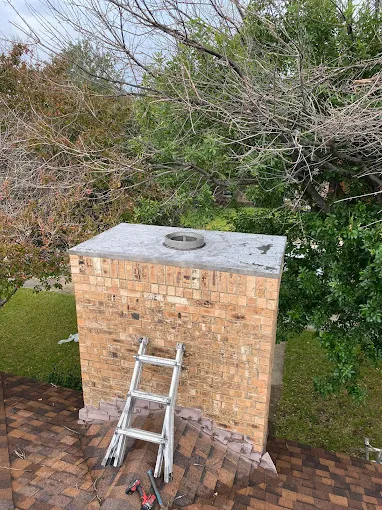A clear chimney is essential for safely venting smoke and harmful gases from your home. However, obstructions like debris, animal nests, or soot buildup can block the chimney, restricting airflow and causing smoke to backdraft into the house. Understanding the causes and risks of chimney blockages, as well as how to prevent them, ensures your fireplace remains safe and efficient.
Common Causes of Chimney Obstructions
Chimney blockages can occur for several reasons, including:
- Debris Accumulation
Leaves, twigs, and other debris can fall into your chimney, especially if it lacks a chimney cap. Over time, this buildup can restrict airflow. - Animal Nests
Birds, squirrels, or raccoons often view chimneys as safe places to build nests. These nests can fully block the flue, preventing smoke from escaping. - Soot and Creosote Buildup
Burning wood produces soot and creosote, which gradually accumulate on the flue walls. Excessive buildup can lead to restricted airflow and increased fire risk. - Damaged Chimney Components
Falling bricks, mortar, or malfunctioning dampers can obstruct airflow in the chimney. - Moisture Issues
Water damage from leaks can deteriorate the interior chimney structure, leading to debris and blockages.
The Risks of a Blocked Chimney
Chimney obstructions pose serious safety and efficiency risks:
- Smoke Backdraft
Blocked chimneys prevent proper airflow, causing smoke to backdraft into your home, creating unpleasant odors and poor air quality. - Carbon Monoxide Exposure
A blocked chimney can allow carbon monoxide, a colorless and odorless gas, to seep into your home, posing severe health risks. - Chimney Fires
Obstructions like creosote or nests can ignite, causing chimney fires that may spread to other parts of the home. - Reduced Fireplace Efficiency
Blockages disrupt the chimney’s ability to vent properly, making your fireplace less efficient and harder to use. - Water Damage
Moisture trapped by blockages can lead to rusted metal components, weakened masonry, and mold growth.
Signs of Chimney Obstructions
It’s crucial to recognize the warning signs of a blocked chimney:
- Smoke entering the room during use.
- Strong, unusual odors from the fireplace.
- Excessive soot buildup.
- Animal activity around the chimney.
- Poor draft or difficulty starting a fire.
Addressing Chimney Obstructions
When faced with a chimney blockage, these solutions can help:
- Professional Cleaning
Certified chimney sweeps can safely remove debris, nests, and creosote buildup, restoring proper airflow. - Install a Chimney Cap
A chimney cap prevents leaves, animals, and other debris from entering while maintaining proper airflow. - Remove Animal Nests
If animals are nesting in your chimney, professional removal ensures safe handling without harming wildlife or your chimney structure. - Repair Damaged Components
Crumbling bricks, mortar, or malfunctioning dampers can block your chimney and require professional repair.
Preventing Chimney Obstructions
Taking preventative measures can keep your chimney clear and functioning properly:
- Schedule Annual Maintenance: Regular inspections and cleanings remove soot and creosote and prevent blockages from forming.
- Install a Quality Chimney Cap: Protect your chimney from debris, animals, and moisture with a sturdy cap.
- Trim Nearby Trees: Reduce the risk of leaves and branches falling into the chimney by keeping nearby trees well-trimmed.
- Burn Seasoned Wood: Properly dried hardwoods produce less soot and creosote.
Key Takeaways
Chimney obstructions can compromise the safety and efficiency of your fireplace. Regular maintenance, including cleanings and inspections, along with installing a quality chimney cap, can prevent blockages caused by debris, animals, or creosote.
If you suspect a blockage in your chimney, contact Reliant Chimney Sweeps for professional help. A clear chimney ensures a warm and safe home for your family!
